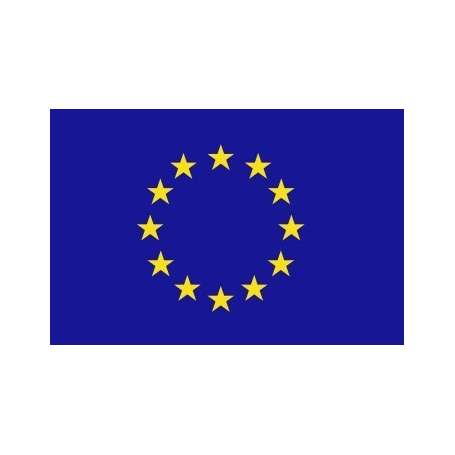FOODWATERH2020

Carrier and actor of the project
The EU is the major actor but the food industry also has a interest to contribute to the project
Reasearch
How can the food industry use AI to improve their products’ safety ?
The reason I selected the project
I chose this subject because I am interested in the food industry and I would like to know to what issues I will be confronted in the future.
User scenario
Users
The users are the companies from the food industry and the people consuming the food products since it reduces the bacterias on it.
Persona
Persona First name : Diego
Age : 35 years old
Activity / Profession : Sales manager
Place of residence : Countryside
Family status : Married
Income : 3000€/month
List of hobbies and passions : hiking
List of needs, desires, dreams : travelling
List of problems and frustrations : not enough money, health problems
Major issue related to the subject : Needs to take medicines because of a bacteria (salmonella) in the water.
Key features
Eat vegetables
UX storyboard

Technical Analysis
General principle
A fully automated and compact solution for monitoring water quality to protect consumers from harmful bacteria like E. coli, salmonella and listeria. It uses special sensors combined with an embodied artificial intelligence software based on deep learning technology.
Technical overview
Is it based on supervised or unsupervised learning ? Unsupervised learning
What kind of data are manipulated ? Values
What tasks does the algorithm have to perform? Treat contaminated water and monitor water quality.
What do these datasets contain, are data labelled, and if yes how ? The names of the bacterias
Where do the datasets come from ? Sensors and Scientific researches (to identify the bacterias)
What are the types of algorithms used ? IA software based on Deep Learning Technology
In which language are they programmed, with which librairies? English
Added value thanks to database
Recover up to 99% of food process water
Reduce up to 10 times current costs of food process water (down to 0,40-0,80€/m3)
Remove up to 99% of water contaminant such as non-systemic pesticides (from food surface), pathogens, clay and sand
provide a 100% reliability on food safety by always respecting food standards and eliminating food returns to our clients
increase up to 54% the shelf life of food products
Reduce by 30-35% the energy footprint compared to current compact solutions
Reduce the ground footprint up to 20 times compare to ponding systems.